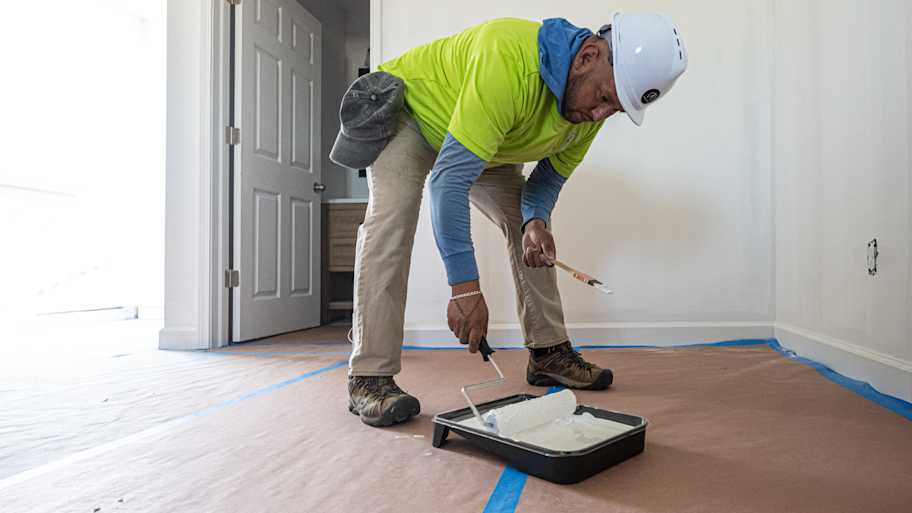Best Brush to Paint Trim: Everything You Need to Know
Choosing the right brush is nearly as important as the paint color


The best brush to paint trim depends on the details. The primary concern DIYers face when deciding to paint a room is color, which is an excellent starting point. While your paint is mixing at the store, you'll likely encounter the next decision—Which brush to use?
Regardless of the brushes and paint rollers you'll use to coat the walls, choosing the right trim brush for the detail work is necessary for perfect results. Learn about the various types of trim brushes and when to use them before your paint color is ready for checkout.
Best Paint Brush Types for Trim

On nearly every list of painting tips, you can find mentions of choosing the right brush for the job. Start by selecting the type of bristles you'll need for the kind of paint you have.
1. Synthetic Brushes
Synthetic-material paint brushes made of nylon, polyester, or a combination of the two are best when painting with water-based latex or acrylic paints and enamels. The synthetic materials don't absorb water like a natural-bristle brush, making your paint brushes easy to clean and long-lasting. Using natural-bristle brushes with water-based paint can cause the bristles to lose strength and prove difficult to control and clean.
Nylon Brushes
Nylon brushes work best when painting indoor trim work with water-based paint. Nylon brushes pick up and hold many types of paint well, but they can weaken and lose shape in outdoor heat.
Polyester Brushes
Polyester brushes are best for painting outdoor trim work with water-based paint. Polyester brushes don't pick up and hold paint as readily as nylon brushes, but they'll keep their shape better when dealing with outdoor heat.
2. Natural-Fiber Brushes
Pick up natural-fiber brushes if you’re painting trim with oil-based paints, clear coats, or other finishes. Natural fiber brushes consist of various types of animal hair that pick up and hold oil paint well, and the bristles tend to split over time, providing even better holding power.
It's possible to use a synthetic brush when painting with oil-based paints. In fact, you may prefer a synthetic brush for fine detail work due to the added stiffness. However, oil paints and finishes will stiffen nylon or polyester brushes over time, meaning the paint won't flow as well as from a natural brush after a few uses. Stiffening can also shorten the lifespan of synthetic paint brushes.
Best Paint Brush Shapes for Trim

Staring at the store's wall of available paintbrush shapes can be intimidating. These are the basic shapes to choose from, so match your brush before starting to paint the trim.
3. Angled Paint Brush
Angled paint brushes are shaped as their name indicates. The bristles taper from long to short, looking at the brush's wide dimension. Angled brushes work great for cutting in the long trim edges near windows and doors. They hold a decent amount of paint for making long, continuous lines.
4. Straight-Cut Brush
Each bristle of a straight or square-cut paintbrush is the same length. These brushes hold lots of paint and are excellent for long swaths of flat or low-relief trim work. Since this brush type soaks up paint well, be sure to condition your paint brush after using it to keep it in working order for future projects.
5. Chisel Brush
A chisel brush can have an angled or square shape on its wide dimension. What makes a chisel-cut brush unique is that the bristles on one side of the short dimension are longer than those on the other. Chisel brushes are best for painting inside corners and precise edges, like where the trim meets the wall or floor.
Best Paint Brush Sizes for Trim

Although you can use a small brush to accomplish any painting task with enough time, using a too-large brush can create a mess. Here's when to use each standard brush size.
1 to 1½-inch brushes: This brush size works exceptionally well when painting trim up to 2 inches wide that contain intricate details.
2 and 2½-inch brushes: These are excellent multi-purpose trim painting brushes that can tackle moderate detail work and moderately wide trim work.
3-inch and larger brushes: A larger brush size is best for very wide and flat trim, such as painting baseboards and casings that are wider than 4 inches.
Brush Handle Sizes
Paintbrushes typically come with standard-length handles that work well for multiple trim-painting purposes. However, brushes with short and very short handles are widely available for reaching into tight corners or getting up close and personal with intricate details in your trim.
There are also numerous extension pole options for extending your brush's handle to reach trim work like painting crown moldings. Curved extension poles and handles are also available from paint stores to get above cabinets or behind objects.
How to Choose Brush Stiffness

Aside from trim brush type, shape, and size, you should also consider your brush’s stiffness. Choose your brush's stiffness depending on the detail of your trim work. The general rule is that flexible brushes paint smoother, while stiff brushes are more precise and work best when painting fine details or cutting a straight line.
A happy middle ground brush that works well on most trim work is a medium-stiff brush that performs adequately on many trims by combining stiff and flexible brush features.
Other Brush Factors to Consider
Knowing the basics of paintbrush design can tell you exactly which brushes to purchase for a specific trim painting project. However, buying and using numerous brushes to paint a single room of trim can be costly and creates a challenging clean-up session afterward. Your local interior painting pro may use a large set of brushes, but as a DIYer, you're more likely just to need a few to complete most tasks.
Also available in the painting aisle is a collection of various painting pads and paint rollers that have their place in the trim-painting world. Pads and rollers are excellent for covering large trim areas quickly. However, it can take some practice to master the necessary skills to avoid drips and splatters.
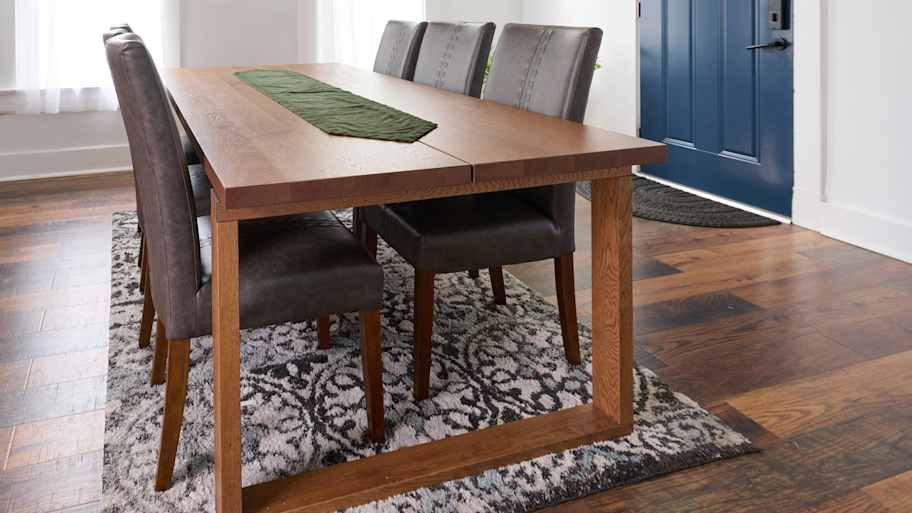

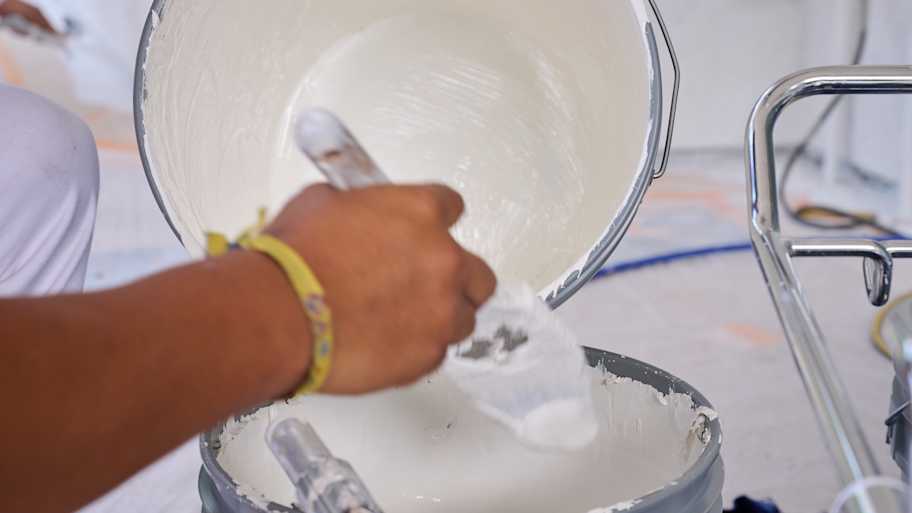
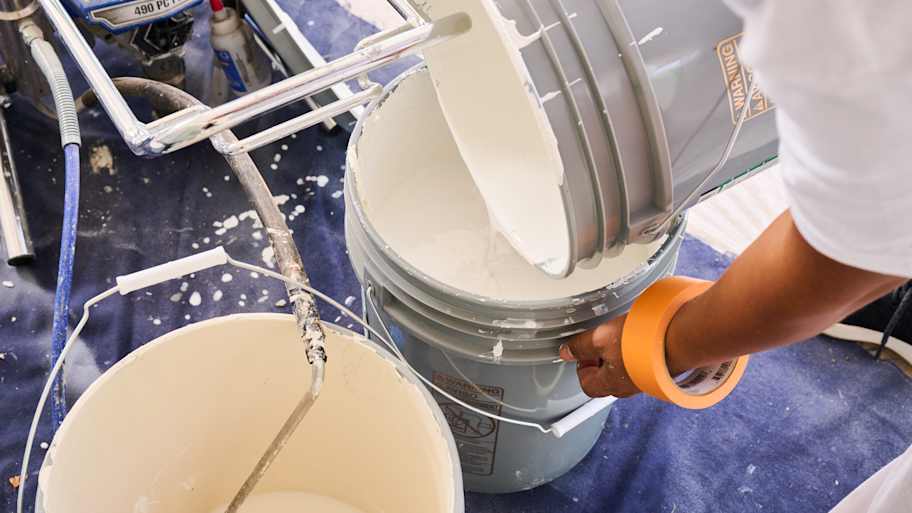
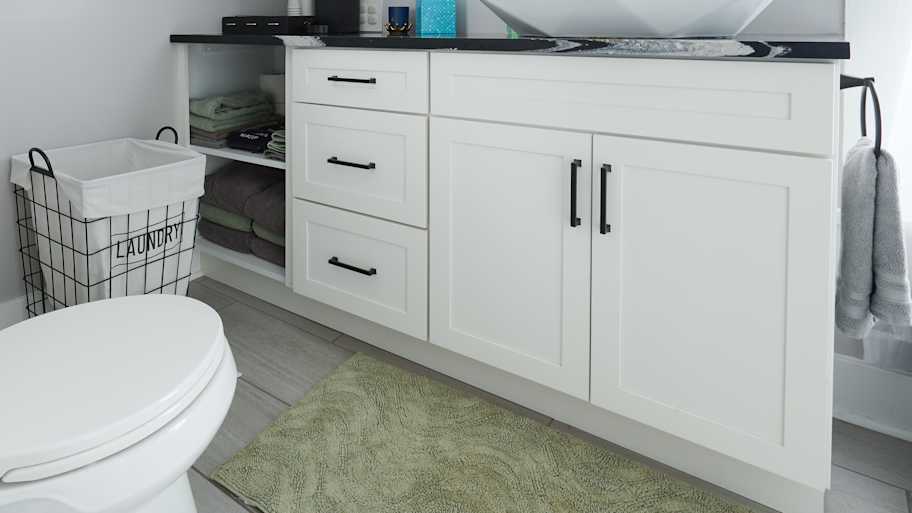
- How to Clean Paint Brushes to Keep Them Looking and Working Like New
- Do You Paint Trim or Walls First in Your Room? How to Decide
- Best Paint for Trim and Baseboards: A Complete Guide
- 11 Painting Tips and Techniques for Your Home Painting Project
- When Is the Best Time to Paint Indoors? A Helpful Guide
- How Long Does It Take to Paint a Room?
- 10 Common Painting Mistakes Homeowners Should Avoid
- Essential Supplies to Paint a Room: What You Really Need
- How to Prep a House for Exterior Painting in 8 Steps
- How to Paint a Bathroom Step-by-Step








